
cd_nom
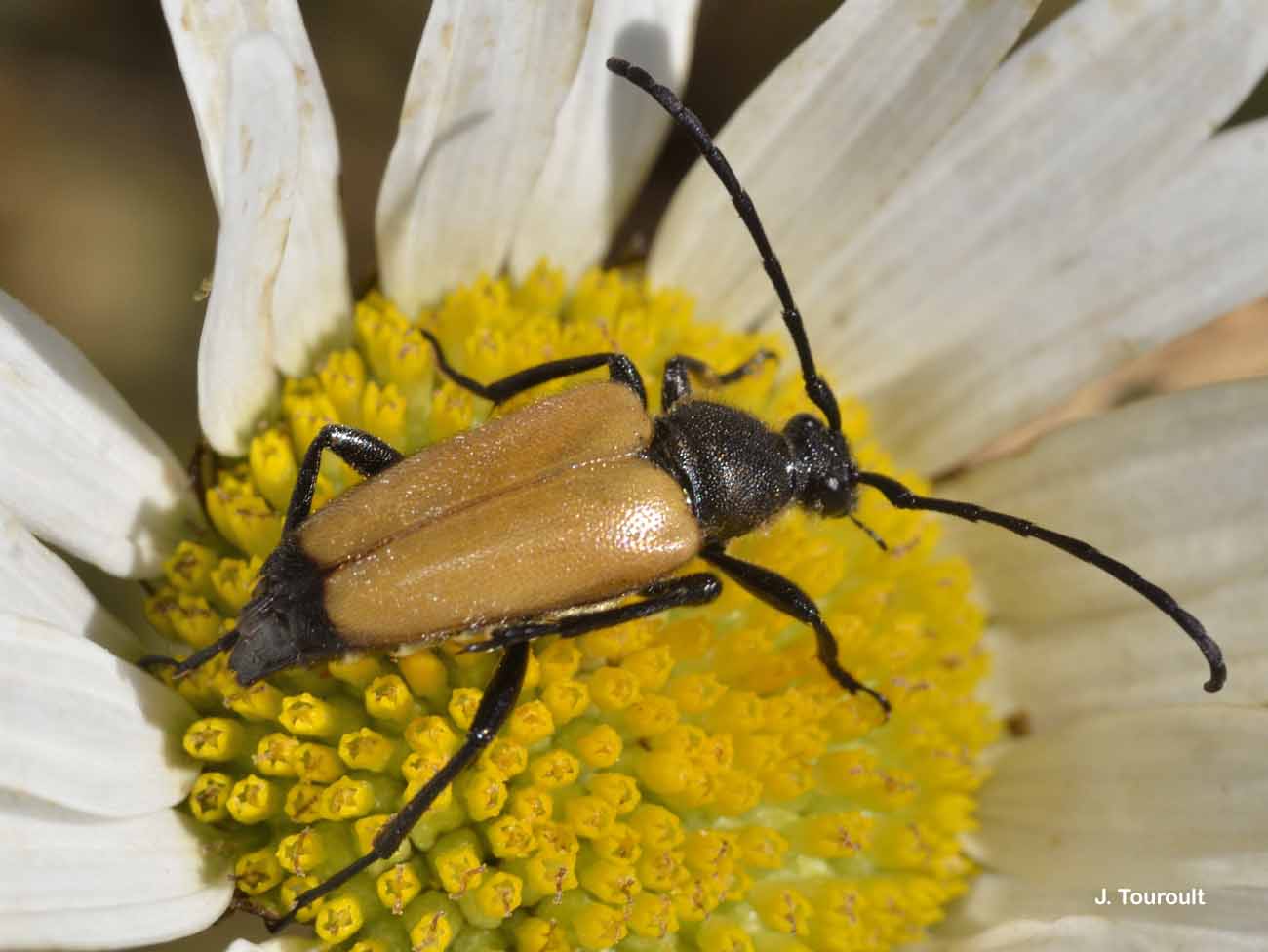
| Author : J. Touroult |
 |
To get the picture, please visit:
Julien TOUROULT
Muséum national d'Histoire naturelle - Service du Patrimoine Naturel
36 rue Geoffroy Saint-Hilaire
CP 41
75 231 PARIS CEDEX 05
e-mail : inpn@mnhn.fr
Legend: Femelle
Despite the Creative Commons license, please inform the author of the use which will be made of his photo
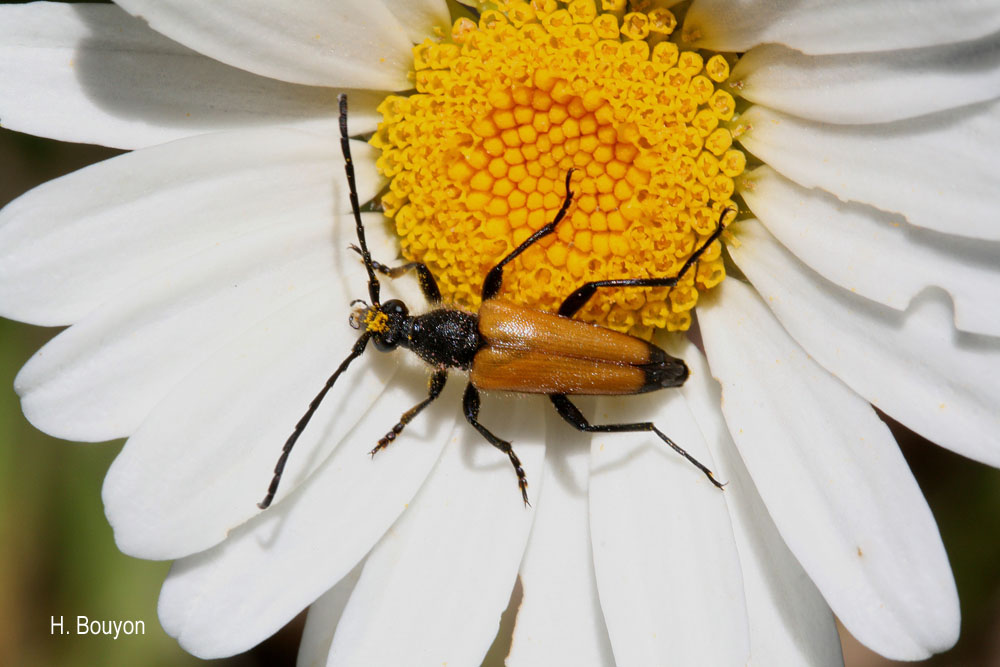
| Author : H.Bouyon |
 |
To get the picture, please visit:
Bouyon Hervé
herve.bouyon@wanadoo.fr
Any reuse of one or more photographs on this site is subject to an authorization request from the author.
Link to the Code of Intellectual Property (Legifrance)
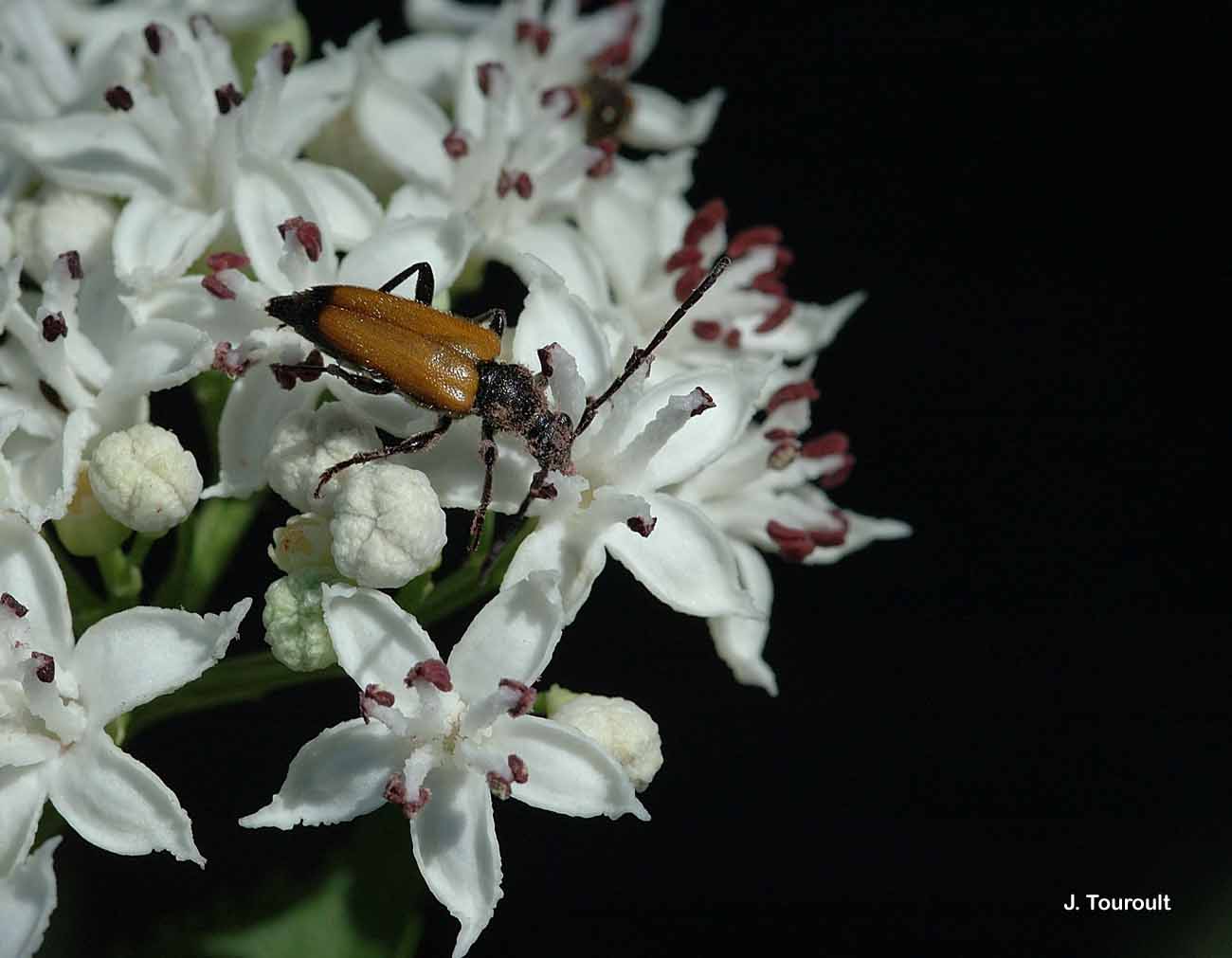
| Author : J. Touroult |
 |
To get the picture, please visit:
Julien TOUROULT
Muséum national d'Histoire naturelle - Service du Patrimoine Naturel
36 rue Geoffroy Saint-Hilaire
CP 41
75 231 PARIS CEDEX 05
e-mail : inpn@mnhn.fr
Legend: Saint-Marcel
Despite the Creative Commons license, please inform the author of the use which will be made of his photo
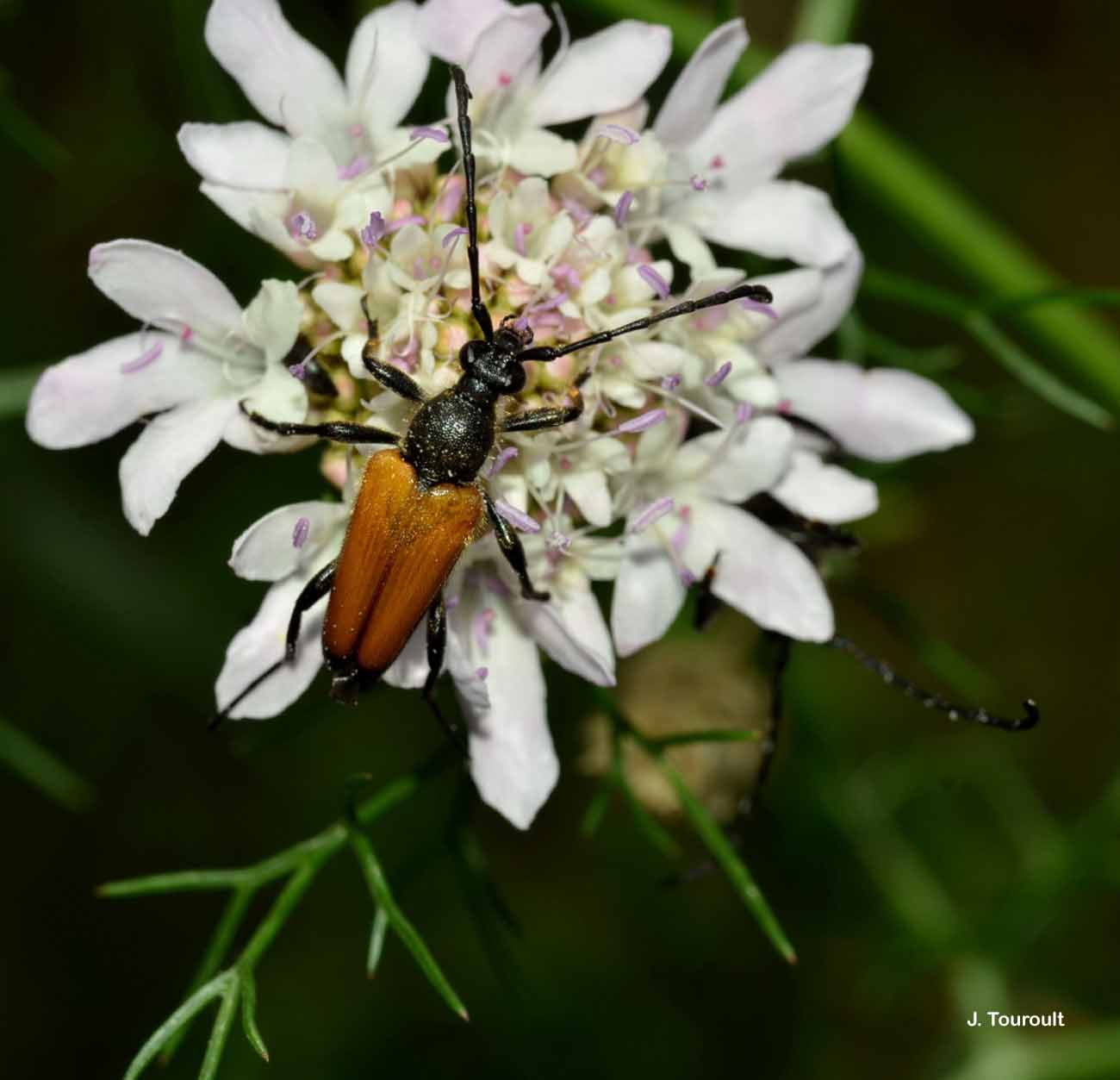
| Author : J. Touroult |
 |
To get the picture, please visit:
Julien TOUROULT
Muséum national d'Histoire naturelle - Service du Patrimoine Naturel
36 rue Geoffroy Saint-Hilaire
CP 41
75 231 PARIS CEDEX 05
e-mail : inpn@mnhn.fr
Despite the Creative Commons license, please inform the author of the use which will be made of his photo
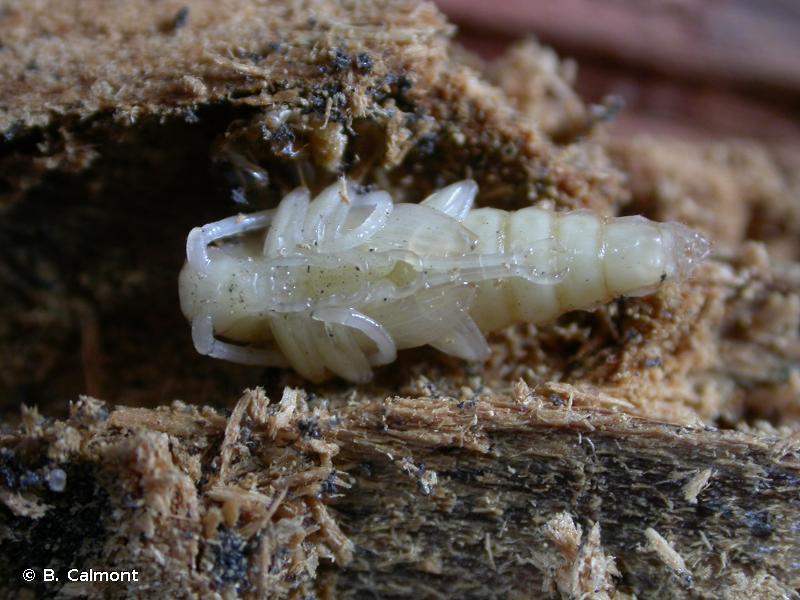
| Author : B. Calmont |
 |
To get the picture, please visit:
Benjamin Calmont
email : inpn@mnhn.fr
Legend: Nymphe
Despite the Creative Commons license, please inform the author of the use which will be made of his photo
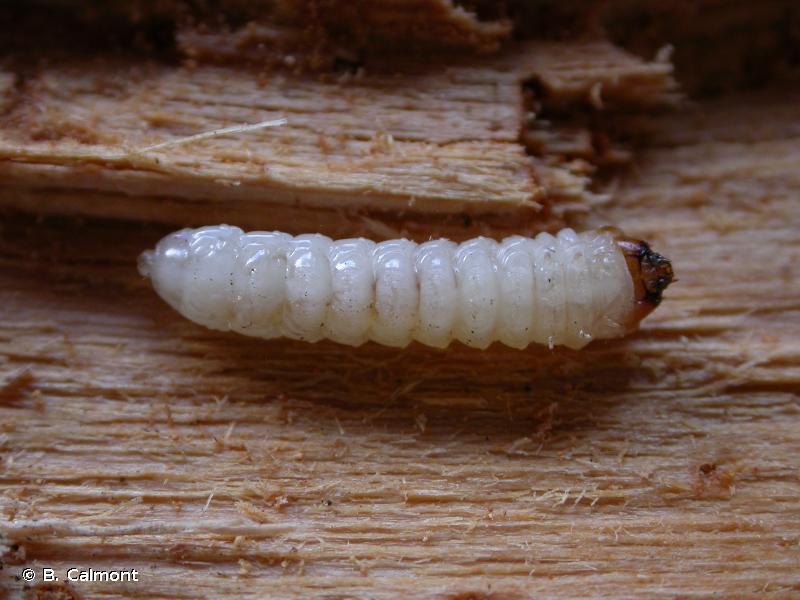
| Author : B. Calmont |
 |
To get the picture, please visit:
Benjamin Calmont
email : inpn@mnhn.fr
Legend: Larve
Despite the Creative Commons license, please inform the author of the use which will be made of his photo

| Author : J. Touroult |
 |
To get the picture, please visit:
Julien Touroult
UMS PatriNat (OFB - CNRS - MNHN)
CP41, 36 rue Geoffroy Saint-Hilaire, 75005 Paris
Legend: Femelle en train de pondre sous un billon de bouleau décomposé. Drôme.
Despite the Creative Commons license, please inform the author of the use which will be made of his photo
Taille : 9,5-15 mm
Diagnose : Lepture de taille moyenne, de stature assez large. Pronotum (thorax) globuleux. Antennes et pattes entièrement noires. Élytres jaunes avec uniquement l'apex noir ; apex tronqué. Faible dimorphisme sexuel : la femelle a une stature plus large ; le mâle a des tibias légèrement arqués.
Détermination : Moyennement difficile.
Espèces proches : Ressemble aux mâles des espèces du genre Anastrangalia, en particulier Anastrangalia sanguinolenta : il s'en distingue par la forme du pronotum (étroit chez Anastrangalia) et des élytres (plus étroits et parallèles, avec la marge latérale sombre, chez A. sanguinolenta). Pseudovadonia livida est nettement plus petit et n'a pas l'apex élytral sombre. Stictoleptura hybrida et S. maculicornis ont les antennes annelées; S. rubra mâle a les pattes bicolores.
Période d'observation : Mai à août, avec un pic en juillet.
Biologie-éthologie : Biologie larvaire relativement peu connue. La larve serait saproxylophage dans des bois très décomposés de feuillus tombés au sol (chêne, hêtre, figuier et probablement polyphage). Adultes diurnes et floricoles, fréquentant de nombreux types de fleurs dans la strate herbacée (ombelles, ronces etc.).
Biogéographie et écologie : Large répartition en Europe tempérée, du Royaume-Uni à la Russie. Espèce commune et généraliste en matière d'habitat : forêts feuillues, bocages, matorrals, parcs, friches ; généralement observée dans les zones ouvertes fleuries.
J. Touroult(UMS PatriNat (AFB - CNRS - MNHN)),2018
Continental
Metropolitan France
Overseas
Marine
Metropolitan France
Overseas
The map presents a summary at the 10 x 10 km grid of the observation data for the species transmitted to the SINP. These data have been subjected to validation filters.
The map presents a reference distribution layer of the species at the scale of departments and marine sectors. The presence and absence data were established by expertise within a network of partners. This reference distribution is used in the validation process of the SINP data at the INPN level.
Corresponds to a report on the basis of at least one observation proved within a period of 10 years (20 years for little-known invertebrates) preceding the year and no presumption of extinction since obtaining the last data nor doubt on reproductive and implemented nature of this population. For migratory species, the presence indicated concerns areas of reproduction.
This status is based on one or more of the following criteria:
This point covers the absence, more difficult by nature to demonstrate than presence. This status is based on one or more of the following criteria:
This status must be assigned to a department in which the presence of the species is casual.
Particular case of absence due to a proven extinction less than a half century ago (older disappearances are treated as "no probable or definite").
In the state of knowledge, we can not comment on the presence or absence in the current department. This is the default status when not comprised in one of the previous categories or whenever there is doubt.
The map shows the global distribution of the species based on GBIF data (Global Biodiversity Information Facility).
